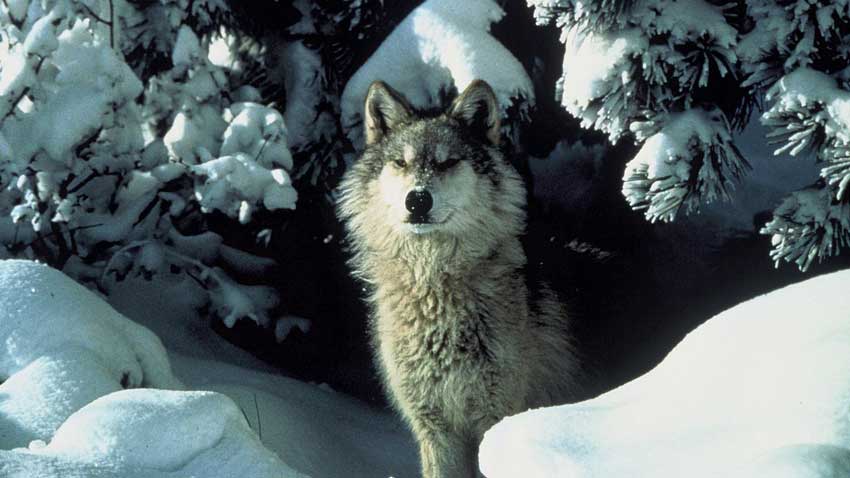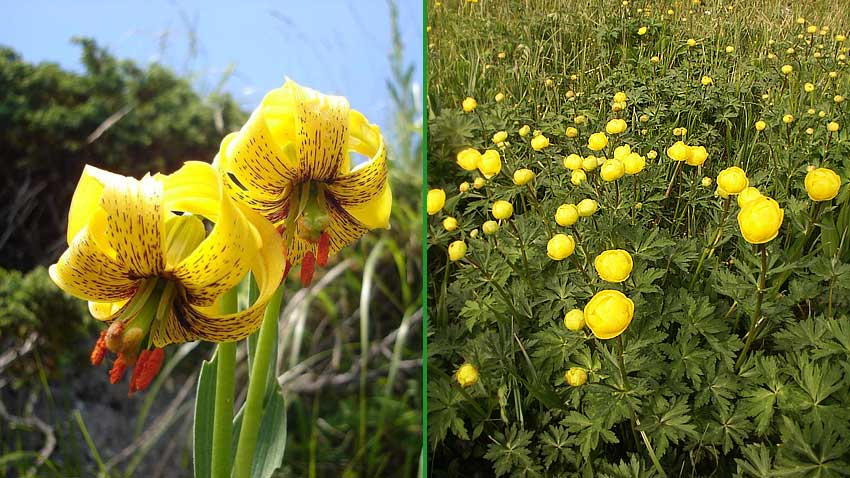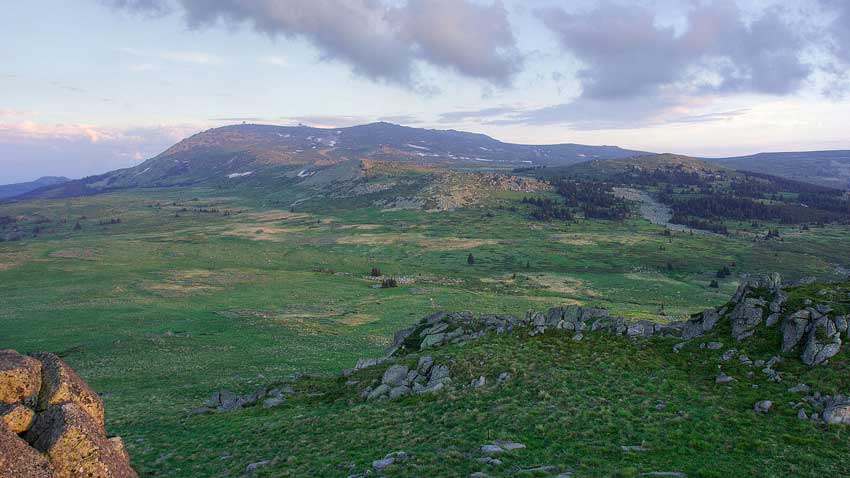When the idea was born, back in 1934, for the Vitosha Mountain to be proclaimed a protected area,it caused roaring discussions among foresters. Back in those days the mountain was in a critical state, almost treeless. Citizens of the capital city of Sofia, situated at its foot and people from the settlements nearby, where ruthless in their logging activities, or while trying to free space for grasslands. Some foresters thought the mountain was doomed and its turning into a protected area was senseless. Luckily, the stance of those, who believed in environmentalism proved to be stronger. Thus the first in the Balkans Natural Park was proclaimed. 80 years later we know it was the right and wise decision. The Vitosha Natural Park is once again covered with forests, providing shelter to nearly 50 percent of Bulgaria’s flora. The number of higher plants there – nearly 1,500 species exceeds the biodiversity of states like England or Holland in this category.

“There are few big cities and even fewer capitals in Europe, which can boast of a mountain at their borders with incoming bears, wolves or martens,” one of the long-year former directors of the park Eng. Toma Belev is contented to say. “Of course, Vitosha is small in its territory – 27,000 ha and it cannot maintain its own populations of bears or wolves. We have several breeding female bears. We have placed collars with radio transmitters to part of their offspring. Thus we have found out that young bears and especially male ones are constant travelers. We had attached a transmitter to a young male, named Damyan and followed it in the course of three months. Obviously another male bear had chased him away from the Bistrishko Branishte Reserve. Damyan wandered around the neighboring small mountains of Plana and Lozenska for a long time, reaching Rila and returning. That is why it is essential to keep natural corridors towards the neighboring mountains, where migrating bears can move freely.”
 Toma Belev himself has only once met a female bear and its offspring on Vitosha. It looks like regular tourists have never had the chance. It is so perhaps because both bears and wolves are afraid of people and avoid the most visited parts of the mountain. Forests take over half of the park’s territory and colorful meadows, lawns and grasslands spread across a quarter of it. The rest is cliffs and peatlands. The so-called “moreni”, or big stone rivers are quite typical, being remains of the ice age. Also the lawns with the so-called Vitosha tulip, which is actually a kind of mountainous peony with strong yellow colors… Then, Lilium jankae, also called Elf Tulip, again in yellow:
Toma Belev himself has only once met a female bear and its offspring on Vitosha. It looks like regular tourists have never had the chance. It is so perhaps because both bears and wolves are afraid of people and avoid the most visited parts of the mountain. Forests take over half of the park’s territory and colorful meadows, lawns and grasslands spread across a quarter of it. The rest is cliffs and peatlands. The so-called “moreni”, or big stone rivers are quite typical, being remains of the ice age. Also the lawns with the so-called Vitosha tulip, which is actually a kind of mountainous peony with strong yellow colors… Then, Lilium jankae, also called Elf Tulip, again in yellow:

“Those are not so widespread across other mountains, while here we have densely covered and wide spreading patches of these flowers,” the forester explains. “One can walk 10 – 15 minutes among bunches of Vitosha tulip…The yew tree, an evergreen one and also a relic of the Tertiary is among the rare plant species present in this mountain too. The second in significance Bulgarian population can be found there, about 100 trees. The fauna diversity is also spectacular – where else can you see on such a small area more than 200 bird species and some 500 kinds of butterflies as well as 50 ant species…? It is really remarkable!”
The Torfeno Branishte reserve, the first source of water for old Sofia, is subject to special care. This peatland is over 1,000 years old.
“Whenever it rains or snow is melting, peatlands accumulate a huge water resource and give it slowly away over the entire year,” Eng. Belev further explains. “When Sofia grew into a capital city, its population was quickly on the rise and a water shortage was felt. Then its citizens would look at the mountain for water supplies. A series of drainage basins were made in the higher parts of the mountain, under the peatlands themselves, which provided very tasty and drinkable water to the city. Unfortunately, lately we witness a reduction of snowfalls, related to droughts in some years. In such periods part of the peatlands disappear, turning into wet meadows. That is why now measures are being taken for the recovery of the hydrological regime via a slight lifting of the peatland’s lowest end and longer keeping of the water there…”

Forester Toma Belev says that over the past 10 - 12 years there have been projects implemented for the restoration of a series of species, extinct on Vitosha. Thus the wild goat, the brown trout, the bullhead – a rare species of small fish that can be found only in the catchment of the Iskar River – those are now all back to the mountain. The return of the ground squirrel is expected to attract the raptors, also extinct now.
English version: Zhivko Stanchev
In 2024, Bulgaria has 15,737 foreign students, making up 8.6% of all current students in the country. By comparison, this share has doubled over the past decade. This data comes from NACID , updated annually in the Bulgarian University Ranking..
Divers will clean the seabed around the port of Sozopol today, reports BTA. "Since 2018, we have been doing the cleaning, completely voluntarily, with our own resources, with the idea of doing something useful for everyone," said Nayden Nedev, diving..
The roof of the National High School of Applied Arts in Tryavna , a cultural landmark with almost a century of history, was destroyed in a fire early this morning. The blaze broke out around 3 a.m. and spread rapidly due to the building's wooden beam..
Sugar artist Mariya Ozturk's latest masterpiece - a model of St Peter's Basilica in Rome - prompted us to reach out to our fellow Bulgarian during the..
The Bulgarian-American Cultural Association “Rosa” in Atlanta invited our compatriots to celebrate Easter today from 1:00 p.m. local time at..
Artist Vanya Petkova from Kardzhali paints non-traditional icons, depicting saints on ostrich eggs . She started about 15 years ago with images of Jesus..

+359 2 9336 661
